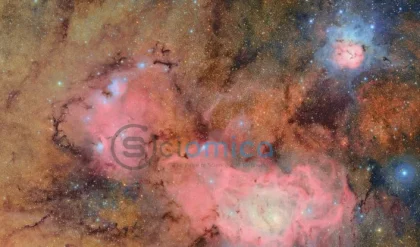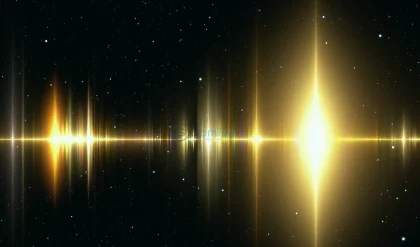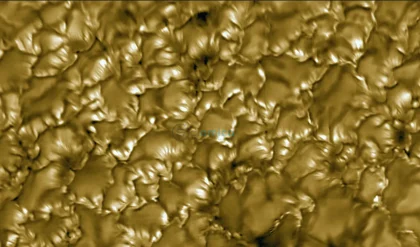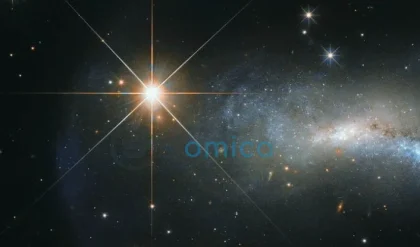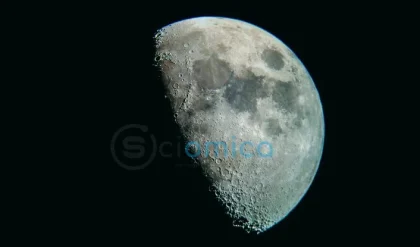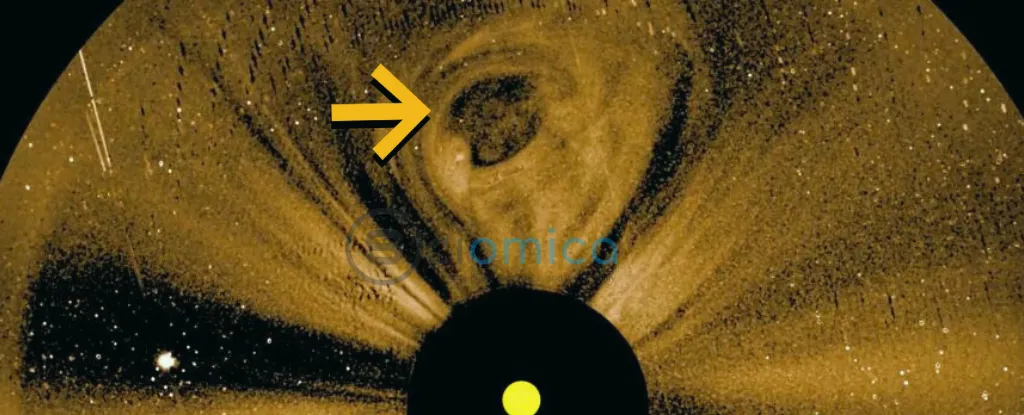
NASA’s latest mission aimed at observing the dynamics of the solar wind has delivered its first striking images of enormous coronal mass ejections (CMEs) erupting from the Sun. The images, captured by the Polarimeter to Unify the Corona and Heliosphere (PUNCH), were unveiled during the 246th meeting of the American Astronomical Society, showcasing astronomical events on an unparalleled scale.
Craig DeForest, a heliophysicist and principal investigator for PUNCH at the Southwest Research Institute, expressed excitement during his presentation, stating, “I promise you have never seen anything quite like this.” His remarks highlight the significance of the mission’s early findings in expanding our understanding of solar activity.
CMEs represent colossal expulsions, comprising billions of tons of solar plasma and magnetic fields propelled away from the Sun. These grand releases of energy and solar particles occur when the Sun’s magnetic field lines become tangled, snap, and then reconnect. While CMEs can often occur alongside solar flares, they remain remarkable phenomena on their own.
A particular type of CME, known as a halo CME, occurs when the ejection is directed toward Earth. From our viewpoint, this expanse seems to envelop the Sun, creating a halo-like appearance as the solar material hurtles through the Solar System at incredible velocities.
DeForest elaborated, “That halo CME is something you have never seen before. I’d like to direct your attention to the white circle near the center of the field of view. That circle represents the LASCO field of view; it is the largest coronagraph currently utilized for forecasting space weather.”
He further emphasized the uniqueness of their observations, noting, “You’ve seen halo CME movies before, if you’ve paid attention to the science press. But you have never seen one 30 to 40 degrees from the Sun … you’re witnessing something that is literally washing across the entire sky of the inner Solar System as it approaches Earth.”
In one noteworthy observation, scientists successfully tracked a CME as it raced through the Solar System at a staggering speed of 4 million miles per hour. This CME was monitored until just two hours before it impacted Earth’s magnetic field. Such solar events can create stunning auroras in polar regions but can also disrupt communications and potentially damage satellites. Therefore, researchers are eager to enhance space weather tracking and prediction capabilities.
PUNCH’s mission is still in its infancy, having only just begun its planned two-year exploration to document solar events in three dimensions. The four probes are not yet positioned in their final locations; however, the team is actively testing the instruments and gathering early observations.
DeForest noted, “These are preliminary data. They look good now, but they are going to look fabulous once we are done with calibration later this summer. This is just the first of many, and the best is yet to come.” With the promise of even more captivating data on the horizon, PUNCH aims to revolutionize our comprehension of solar phenomena and their impact on our planet.


